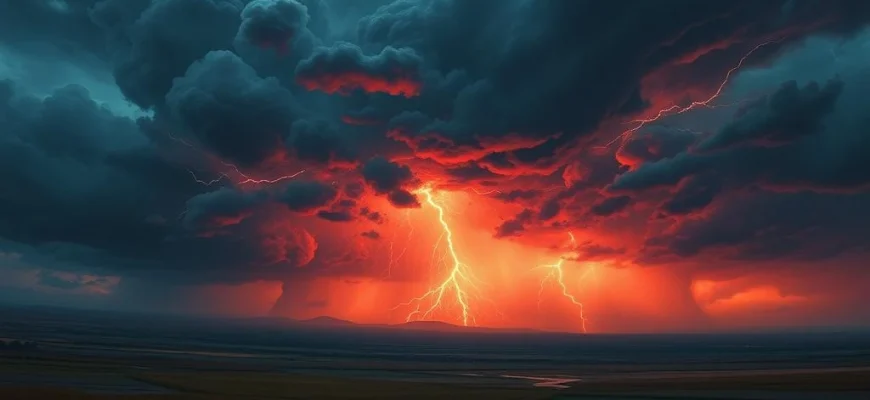Si te fascinó la intensidad y el drama de 'Supercell' (2023), esta lista es para ti. Descubre 10 películas y series que capturan la misma emoción, aventura y elementos climáticos extremos que hicieron de esta película un éxito. Perfecto para los amantes del cine de acción y desastres naturales.

Twister (1996)
Descripción: This film revolves around a team of storm chasers studying tornadoes, showcasing intense natural disasters and the human struggle against them. The visual effects and high-stakes scenarios create a thrilling experience.
Hecho: The movie used groundbreaking special effects for its time, including a mix of practical effects and early CGI. Some of the tornado scenes were filmed using actual wind machines and debris.
 Ver ahora
Ver ahora

Dante's Peak (1997)
Descripción: A volcanic disaster film where a small town is threatened by an erupting volcano. The tension between scientific warnings and human denial drives the story.
Hecho: The filmmakers consulted with volcanologists to ensure accuracy in depicting volcanic activity. The movie's eruption scenes used a mix of practical effects and miniatures.
 Ver ahora
Ver ahora

Volcano (1997)
Descripción: A disaster film where a volcano erupts in the heart of Los Angeles. The urban setting and sudden chaos create a unique twist on the genre.
Hecho: The lava effects were created using a combination of molten wax and CGI. The film's release coincided with Dante's Peak, leading to a friendly rivalry between the two volcano-themed movies.
 Ver ahora
Ver ahora
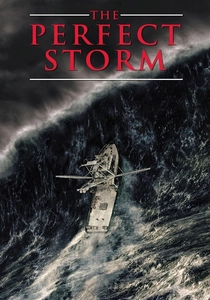
The Perfect Storm (2000)
Descripción: Based on a true story, this film follows a fishing crew caught in a massive storm. The realistic portrayal of nature's power and human resilience is central to its appeal.
Hecho: The storm sequences were created using a combination of large water tanks and CGI. The film's climax was inspired by actual weather data from the 1991 storm it depicts.
 Ver ahora
Ver ahora
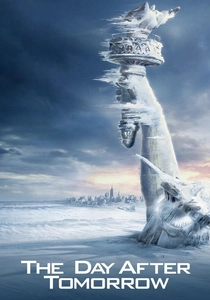
The Day After Tomorrow (2004)
Descripción: A climate disaster film depicting extreme weather events leading to a new ice age. The focus on survival and large-scale destruction mirrors the tension and urgency found in disaster films.
Hecho: The film's depiction of a superstorm was inspired by real scientific theories about abrupt climate change. The iconic scene of the Statue of Liberty freezing was achieved using detailed miniatures.
 Ver ahora
Ver ahora
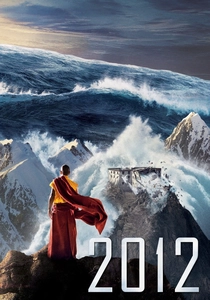
2012 (2009)
Descripción: A global catastrophe film depicting the end of the world due to a series of natural disasters. The film's grand scale and relentless action sequences keep viewers on edge.
Hecho: The movie's premise was inspired by the Mayan calendar's 2012 prophecy. The visual effects team destroyed iconic landmarks like the White House and the Vatican in stunning detail.
 Ver ahora
Ver ahora
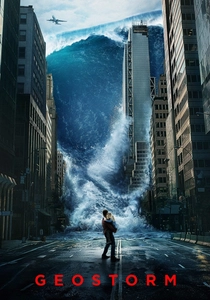
Geostorm (2017)
Descripción: A sci-fi disaster film where a network of satellites designed to control global climate malfunctions, causing catastrophic weather events worldwide. The blend of technology and nature's fury drives the narrative.
Hecho: The film's concept was inspired by real-world discussions about geoengineering. The visual effects team created over 1,000 shots to depict the global disasters.
 Ver ahora
Ver ahora
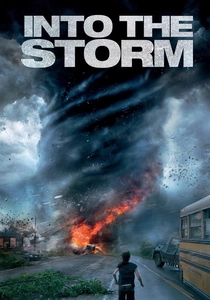
Into the Storm (2014)
Descripción: A found-footage style film about a series of devastating tornadoes striking a small town. The immersive cinematography and relentless pacing amplify the chaos of natural disasters.
Hecho: The movie was shot in Michigan, which provided the perfect backdrop for tornado sequences. The filmmakers used a combination of real storm footage and CGI to enhance realism.
 Ver ahora
Ver ahora
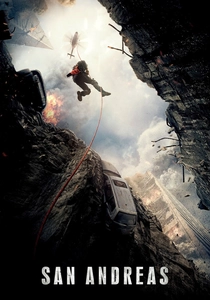
San Andreas (2015)
Descripción: A disaster film centered around a massive earthquake along the San Andreas Fault. The film's focus on survival and large-scale destruction creates a gripping narrative.
Hecho: The movie's earthquake sequences were based on real seismic data to ensure accuracy. The Hoover Dam collapse scene required extensive CGI and miniature work.
 Ver ahora
Ver ahora
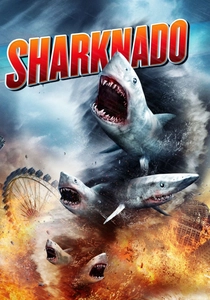
Sharknado (2013)
Descripción: A cult classic that combines absurdity with disaster tropes, featuring tornadoes filled with sharks. The over-the-top premise and chaotic energy make it a memorable entry in the genre.
Hecho: The film became a viral sensation, spawning multiple sequels. It was shot in just 18 days on a modest budget, relying heavily on practical effects and creative storytelling.
 Ver ahora
Ver ahora

